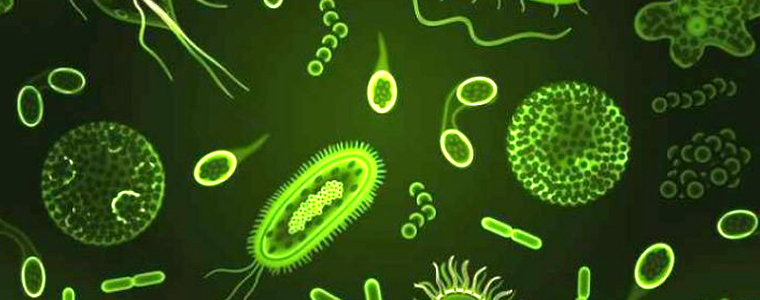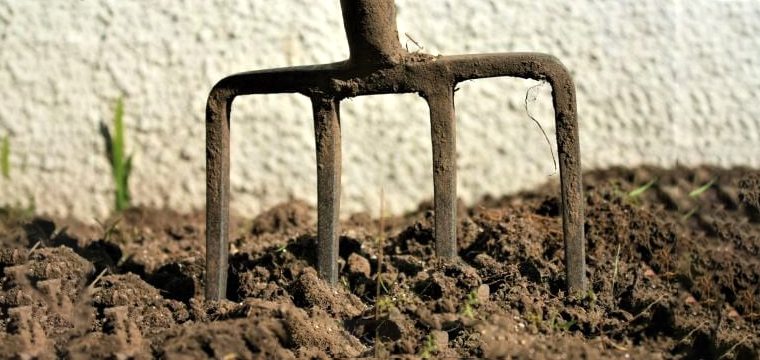Lime is known to provide calcium in the soil as well as increase the root growth. This helps to maximize the efficiency of fertilizer. At the same time, it helps save labor and farming costs. Here are the specific benefits.

Regulating pH
Lime can take part in regulating the pH in the soil and causing the pH to rise. However, raising soil pH too quickly will easily cause nutritional disorders and make plants unable to adapt, so it is necessary to pay attention to have suitable regulation. Deficit in fertilizing is more easily to solve than over fertilization. The process of liming is usually accompanied by the addition of compost during the year to reduce caring-time.

There are many opinions about the amount of lime to use. However, for good soil, some experts think that we should maintain the application of 500 kg / ha.
Increasing nutrient activity in soil
Lime reduces the toxins of Al, Fe, and Mn in the soil, thereby helping the tree to develop the roots stronger. Healthy roots are very important factor for all plants.
When liming is applied to the soil, it will affect the nutrients that already in the soil to help the plant absorb it. It also quickly resolve organic matter in the soil to make soil nutritious.
In the old days, people often said that “lime without fertilizer make farmer poor”, the “fertilizer” they mentioned was organic fertilizer. Therefore, when we lime, it is necessary to add organic fertilizer to the soil to maintain soil organic matter.
Being a catalyst to support microorganism development in soil
Many people think that liming can kill microorganisms. However, it should be understood that lime doesn’t kill microorganisms if used in appropriate doses, even lime stimulates the growth of microorganisms. It even stimulates the growth of microorganisms. To explaining this, the reason maybe the pH problem. Lime changes the pH, so when regulating the pH in the soil appropriately, it will also help the microorganisms in the soil to grow. If used incorrectly, it can lead to the death of microorganisms in the soil.

Improving soil structure
The calcium in lime agglutinate small clay particles in the soil to help improve the soil structure, calcium binds with humus in sandy soil to turn into calcium humate, making it difficult to wash away.
Neutralizing organic and micro-toxic
Organic matter resolving in a poor air soil environment will easily cause negative effects on the roots. Using lime at this time will minimize the harm. If we manure or spray too much microelements mistakenly, they are toxic to plants. To handle this case, beside watering, we need to add lime.
Increasing adaptive ability for crops
According to experience from farmers, liming can reduce the damage of Bacterial leaf blight disease. Lime not only supports calcium for plants but also has many uses such as preventing soil debilitation, reducing the harmful effects of salinity, restraining the growth of pathogens in soil, effective catalysts of organic fertilizers, inorganic, helping microorganisms in soil thrive, keeping humus from being washed away.



